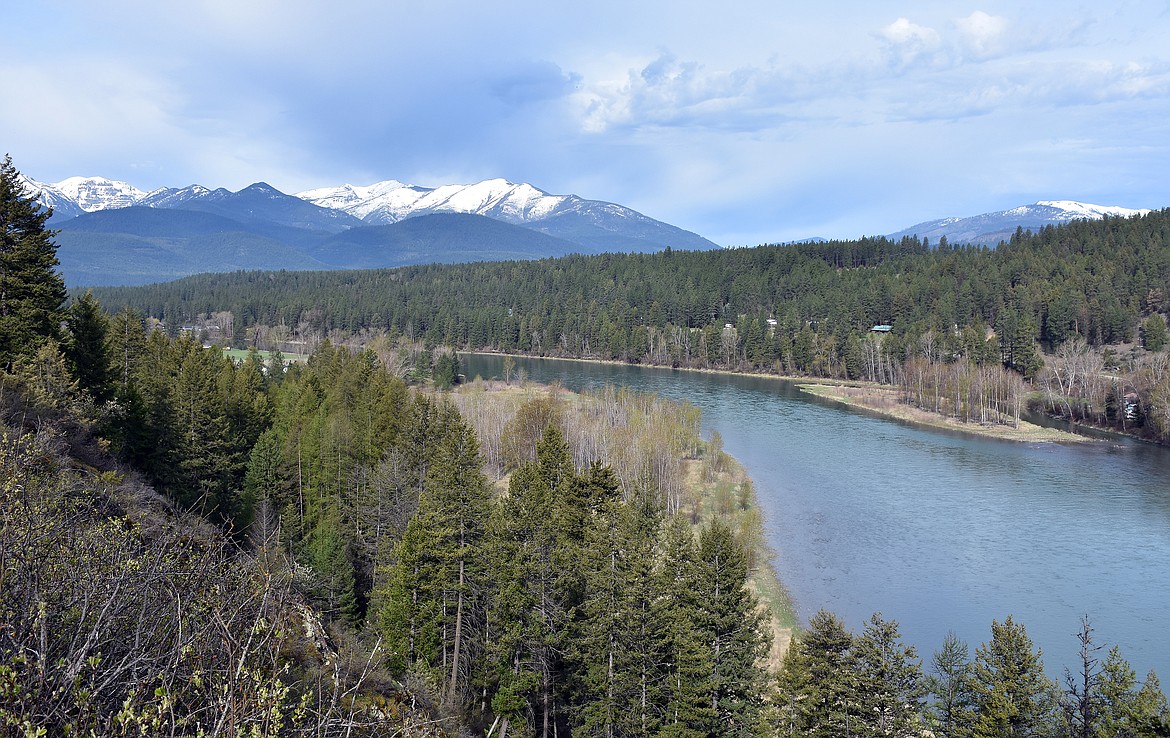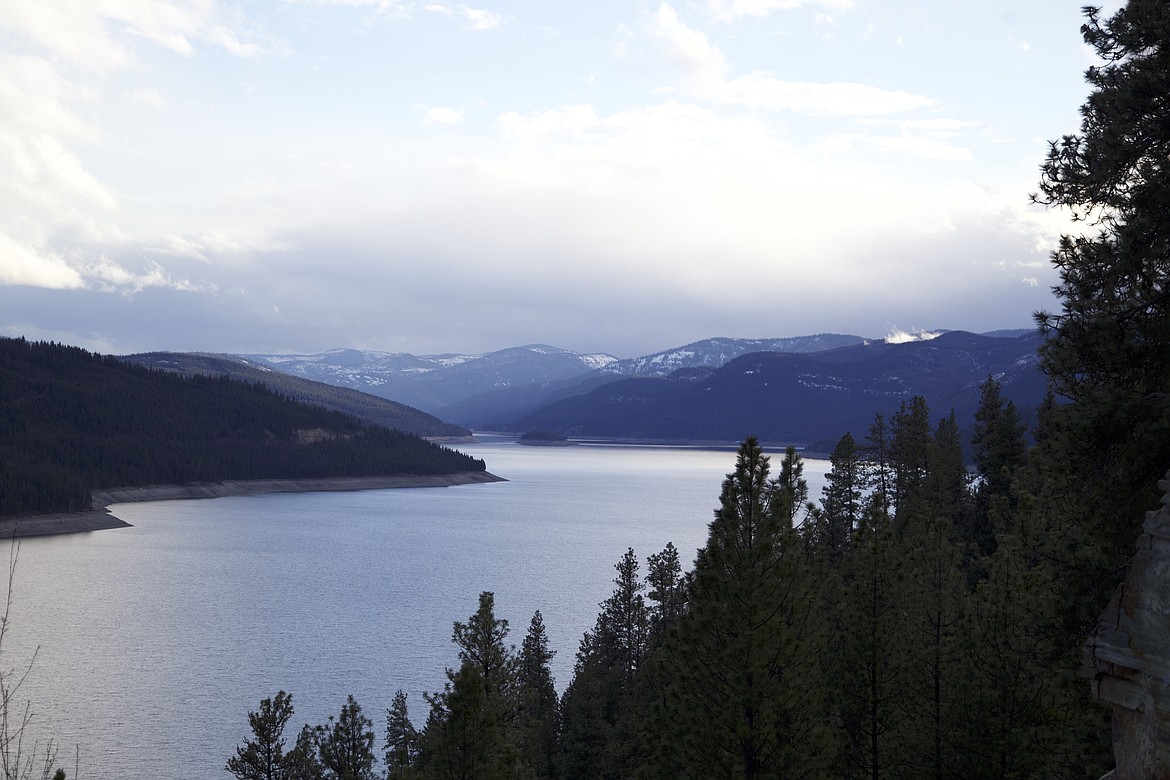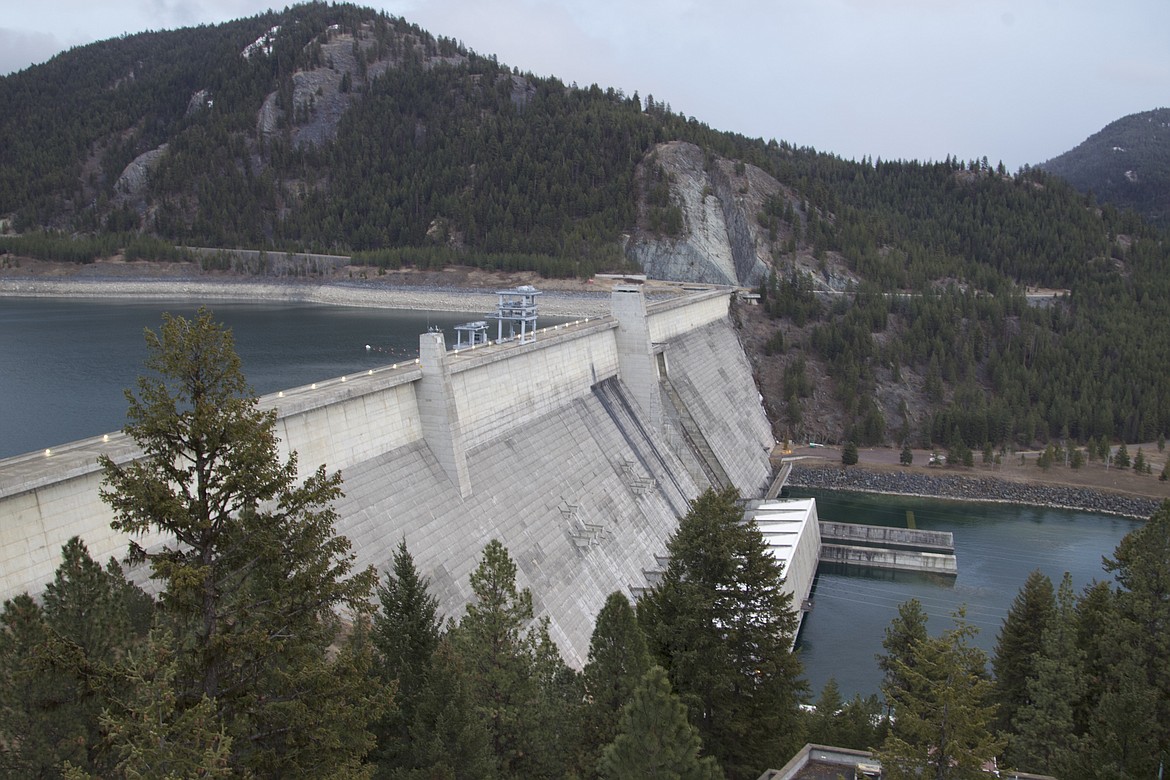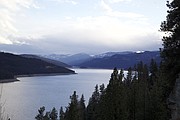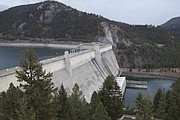Teck fined $60 million for polluting Koocanusa tributary
A Canadian coal mining company faces $60 million in fines after pleading guilty to polluting a tributary of Lake Koocanusa and the Kootenai River.
Prosecutors successfully leveled two federal counts of unlawfully depositing of deleterious substances — in this case, selenium and calcite — into the Fording River against Teck Resources...
Become a Subscriber!
You have read all of your free articles this month. Select a plan below to start your subscription today.
Already a subscriber? Login

